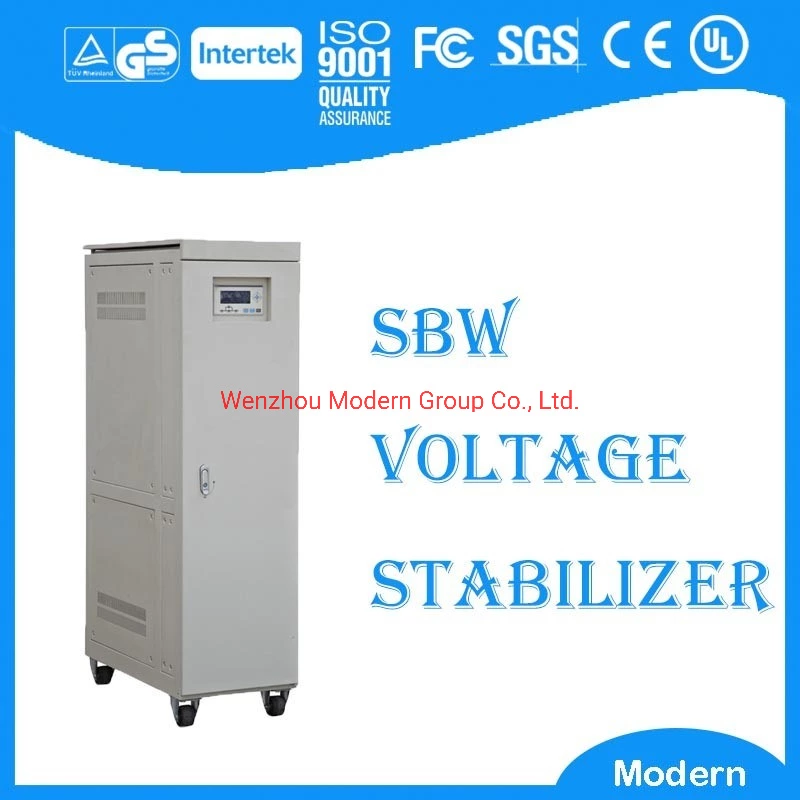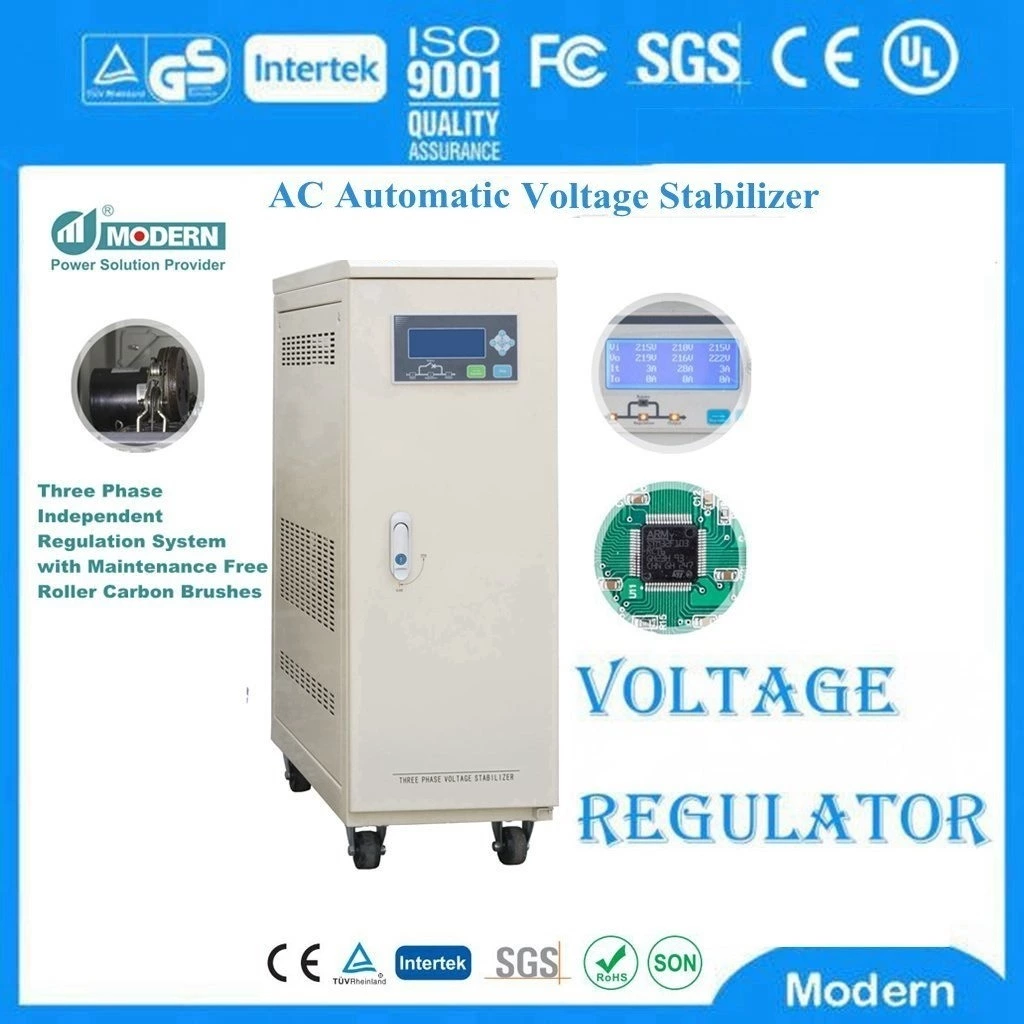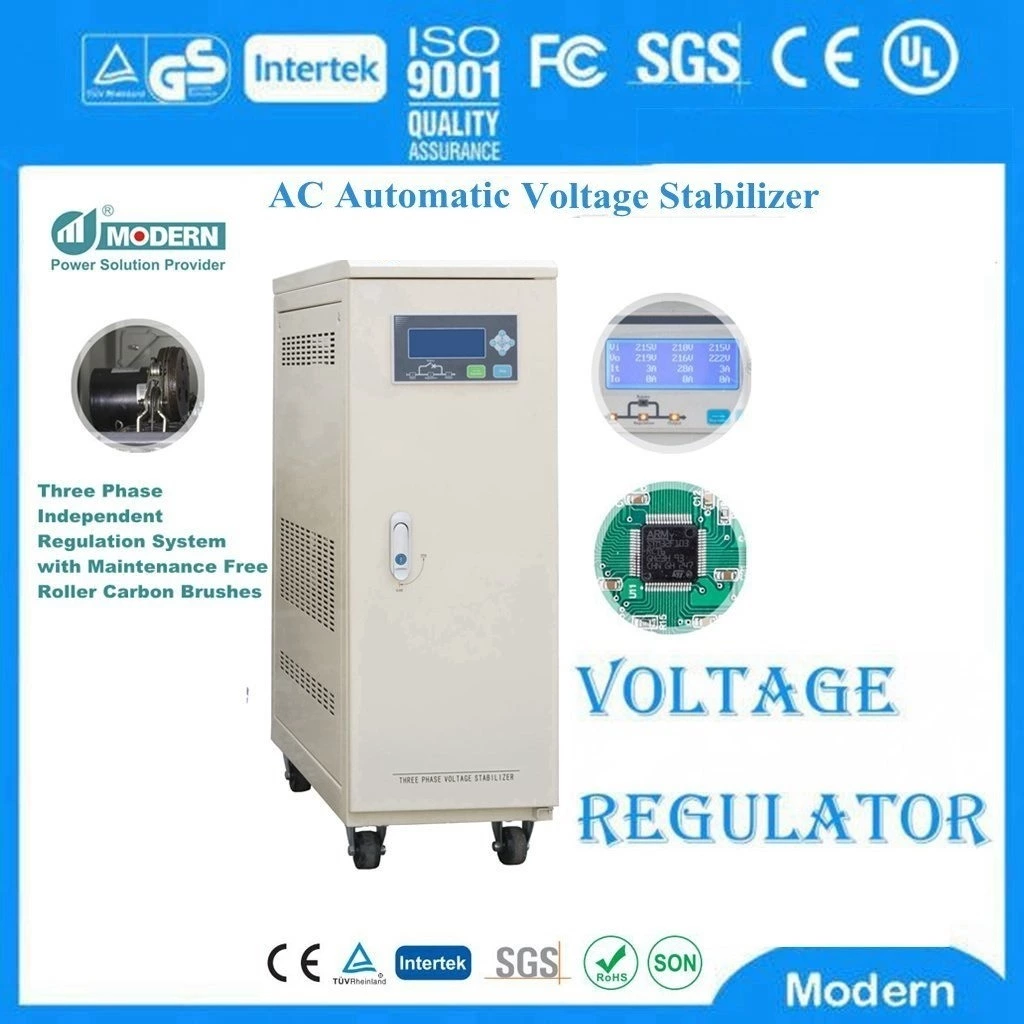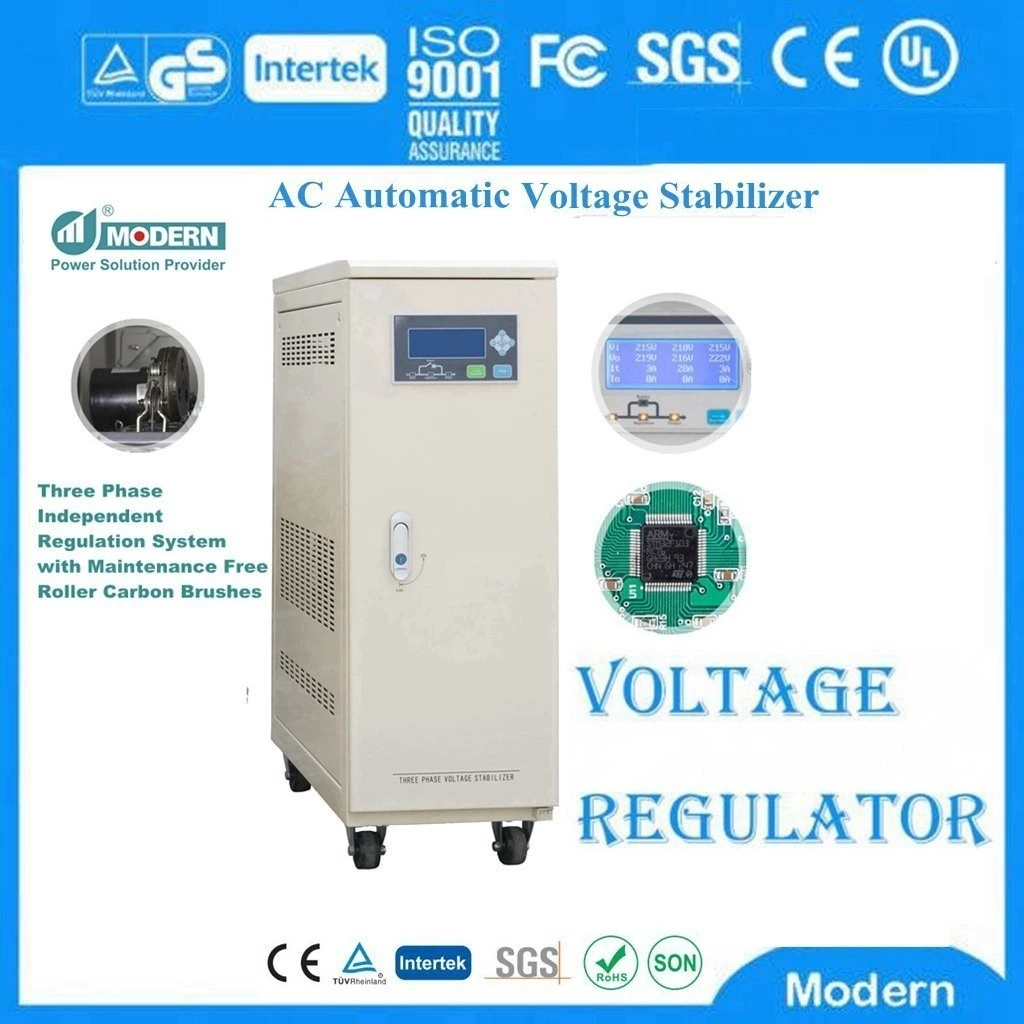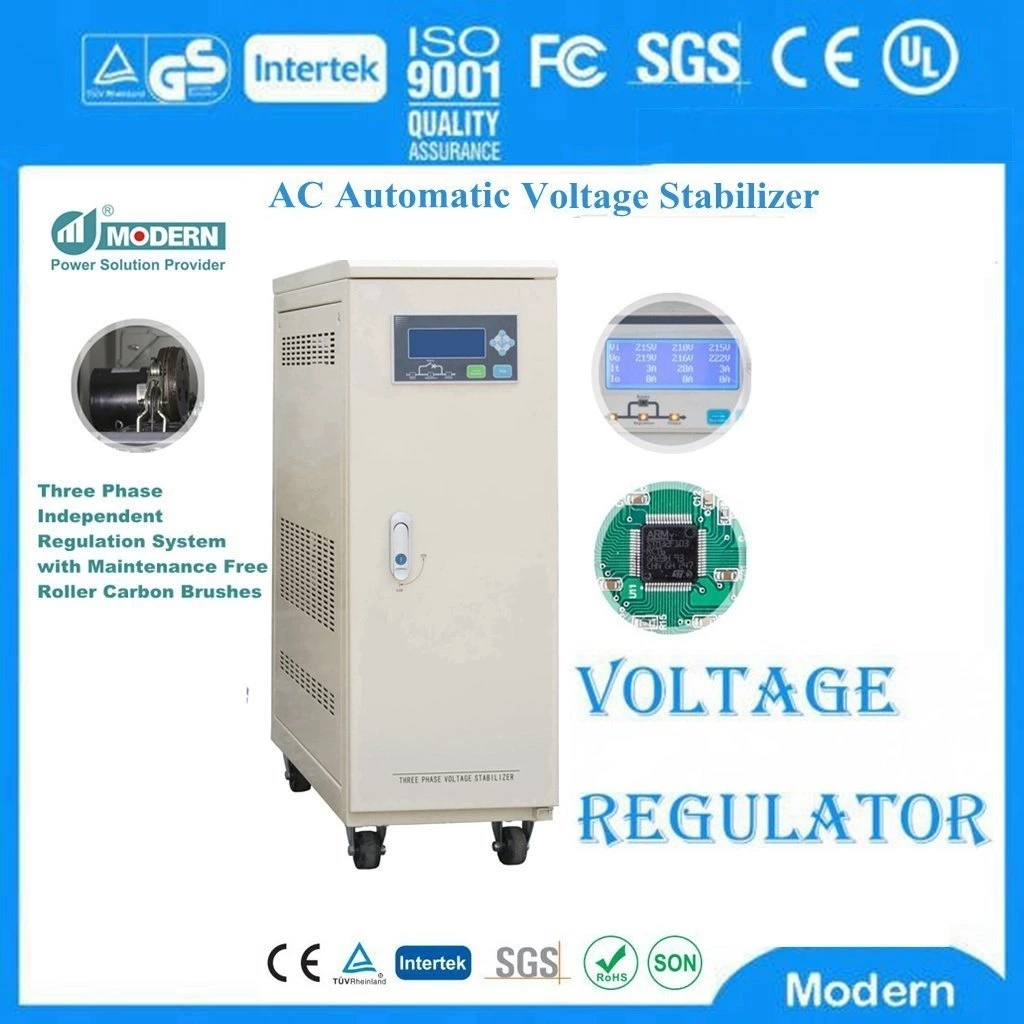Comparison Of Wide Range Regulators With Other Regulators
The main difference between the Wide Range Voltage Stabilizer with different main circuit structures lies in the way of adjusting the compensation voltage, which is directly related to the working reliability, dynamic response, voltage regulation accuracy, voltage regulation range, maximum capacity, waveform distortion and other performance indicators of the voltage stabilizer. The main circuits of wide-range voltage stabilizers on the market can be roughly divided into the following three types:
1. Auto-voltage compensation type
This structure switches the tap of the autotransformer by controlling the on-off of the bidirectional thyristor, thereby changing the size and polarity of the compensation voltage of the compensation transformer to achieve the purpose of stabilizing the output voltage.
Main advantages
(1) Due to the use of autotransformer tap-grading voltage regulation, the on-off voltage of the bidirectional thyristor is reduced (from 220V to below 200V), and the surge current generated during gear shifting can be suppressed (the autotransformer itself is a high-power reactor), thereby greatly improving the working reliability of the bidirectional thyristor.
(2) Since the control circuit adopts the "interlock isolation" technology, the circulation problem caused by the misoperation of the bidirectional thyristor caused by external interference is completely solved, and the damage of the thyristor device is effectively avoided.
(3) Since the control part mainly adopts analog integrated circuits, it has strong adaptability to harsh power grid environments.
2. Auto-coupling type
This kind of wide-range voltage regulator directly changes the transformation ratio of the auto-transformer by controlling the on and off of the bidirectional thyristor, thereby achieving the purpose of stabilizing the output voltage.
Main disadvantages
Since the thyristor is directly connected in series in the main circuit, the load current flows through the thyristor, and the transient and fluctuation in the load current can easily damage the thyristor; and the long-term passage of large current generates a lot of heat, which also makes the thyristor work in harsh working conditions, deteriorating performance and deteriorating reliability.
In addition, when using this structure to make a large-capacity voltage regulator, the thyristor capacity must also be selected to be large, which makes it very difficult to determine the thyristor margin coefficient and the thyristor heat dissipation design, and it is very easy to cause reliability deterioration.
Compared with the autocoupler type, the advantages of the wide range voltage regulator are:
Since the thyristor of the wide range voltage regulator is not in the main path of the load current, but is only connected to the voltage regulation circuit, the current passing through is not large, only a few parts of the load current, or even a dozen parts or a dozen parts, so the device's margin coefficient can be selected easily, the heat is not severe during operation, and the thyristor can work reliably for a long time; at the same time, the capacity of the voltage regulator can also be made very large (the maximum capacity that can be produced at present is 2500KVA).
3. Pure compensation type
This structure controls the input, exit or change of polarity of the compensation transformer combination through the on and off of the bidirectional thyristor, so as to achieve the purpose of stabilizing the output voltage.
Main disadvantages
The thyristor is directly connected between the phase line and the neutral line (220V) in the form of a bridge arm, so the working voltage is high, and the surge current generated during gear shifting is large, which is very easy to damage the thyristor; at the same time, when the thyristor is mis-conducted, this circuit is easy to cause a short circuit between the phase line and the neutral line, and the thyristor will burn out instantly, so its reliability is very poor.
Compared with the pure compensation type, the advantages of the wide range voltage regulator are:
Since the thyristor network of the wide range voltage regulator is located on the output side of the compensation transformer and is stepped down by the autotransformer, the on-off voltage of the thyristor is reduced (from 220V to 200V or lower), and the surge current generated during gear shifting can be suppressed (the autotransformer itself is a high-power reactor), thus greatly improving the working reliability and anti-interference ability of the thyristor.
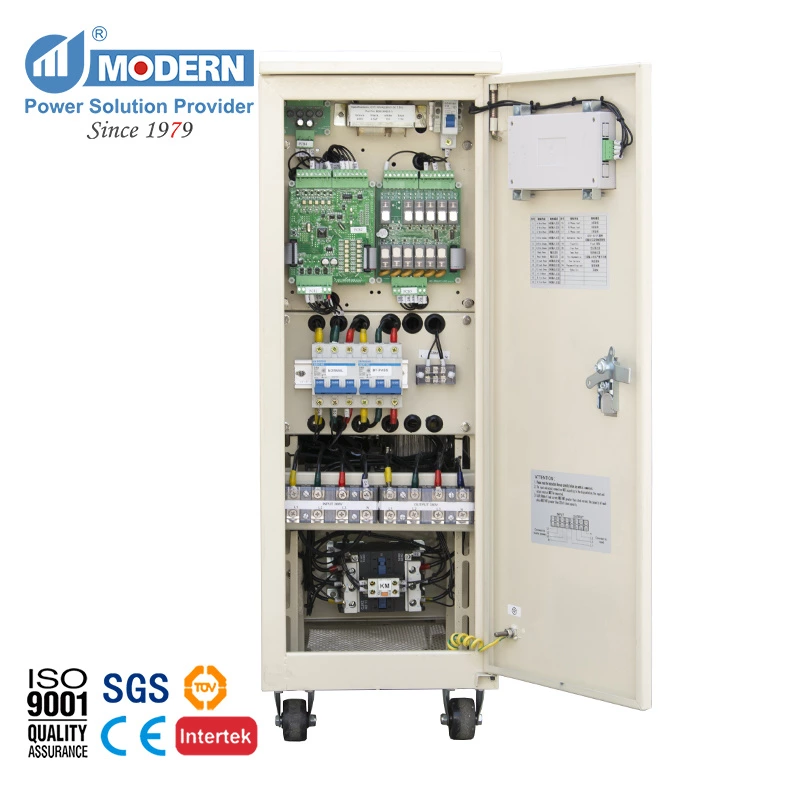
 Русский
Русский
 Français
Français
 Português
Português
 Español
Español
 اللغة العربية
اللغة العربية
